AP ART HISTORY SPACE TEST REVIEW
1/16
Earn XP
Description and Tags
Everything in blue is the things you need to know
Name | Mastery | Learn | Test | Matching | Spaced |
|---|
No study sessions yet.
17 Terms

Hall of bulls
Lascoux, France, 15000 B.C.E., Neolithic period.
Created during the Stone Age - painting on a cave
It functioned to communicate with other worldly beings (shaman)
Hunter-gatherers make paintings in preparation for a good hunt.
They didn’t live in the cave rather, it was a site they revisited often.
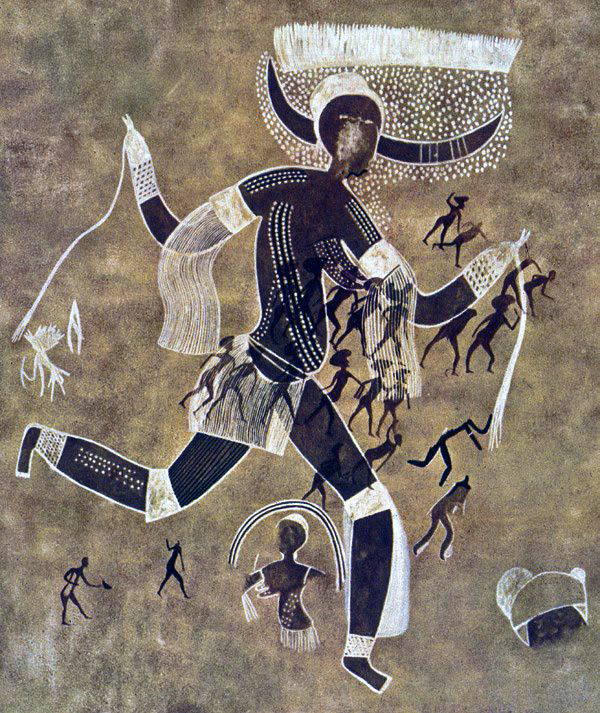
Running horned woman
Sahara Desert (Algeria). 6000 B.C.E. - Neolithic.
Painting on a rock, Woman in a dynamic - active pose, Twisted perspective.
Possibly used for ceremonies or as an item of worship.
Discovered in 20th century. prior to discovery the desert used to be a grassland.
Hierarchical scale: Deity is much larger than the tiny people surrounding her. She represents fertility.
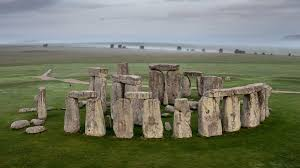
Stone Henge
3000 B.C.E., England, Neolithic
Lines up with the sun for each solstice - Astrological Calendar.
Special joints that lock the stone together
Marks the end of summer/Winter for agricultural purposes - order in chaos.
This was made by an Egalitarian (equal) society.
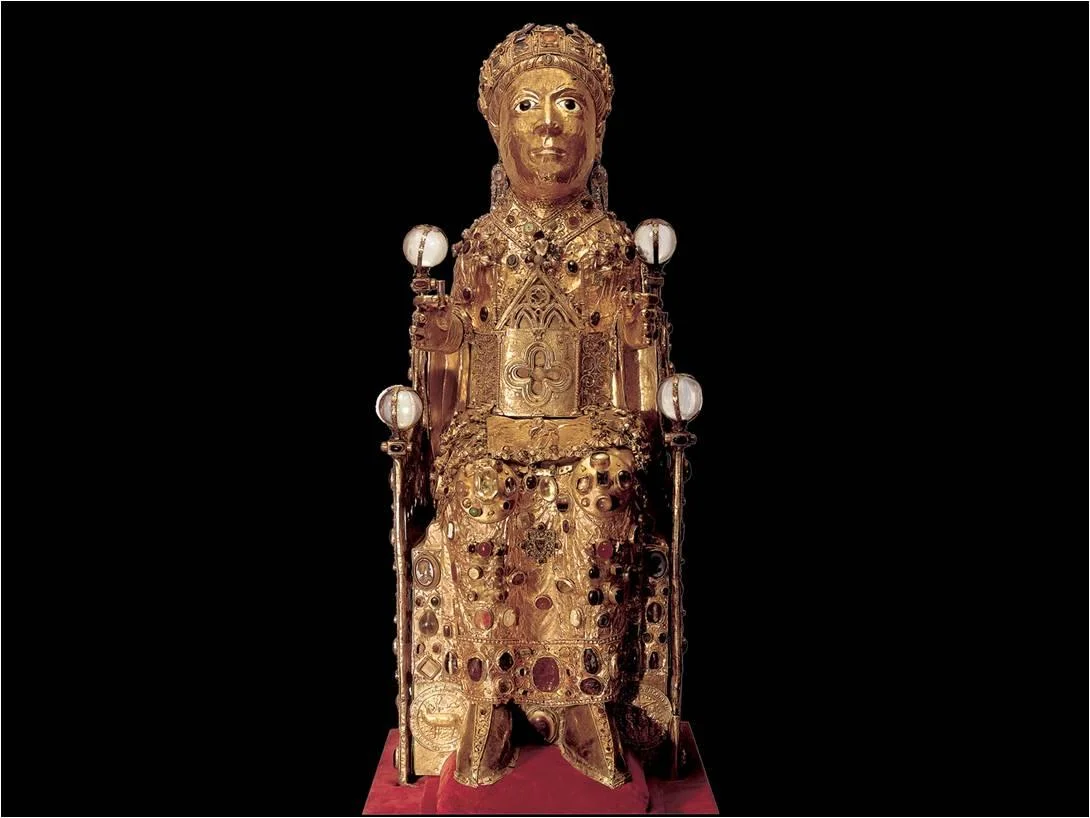
St. Foy (Specifically the reliquary, but church info too)
Conquest, France. 11th - 12th century, Romanesque.
the reliquary (container) held a girl martyr’s remains.
Pilgrimage site for this reliquary. People traveled from miles away to visit churches.
Longitudinal floor plan - Cruciform
Rounded thick columns and walls, basic stone arches (NOT RIBBED)
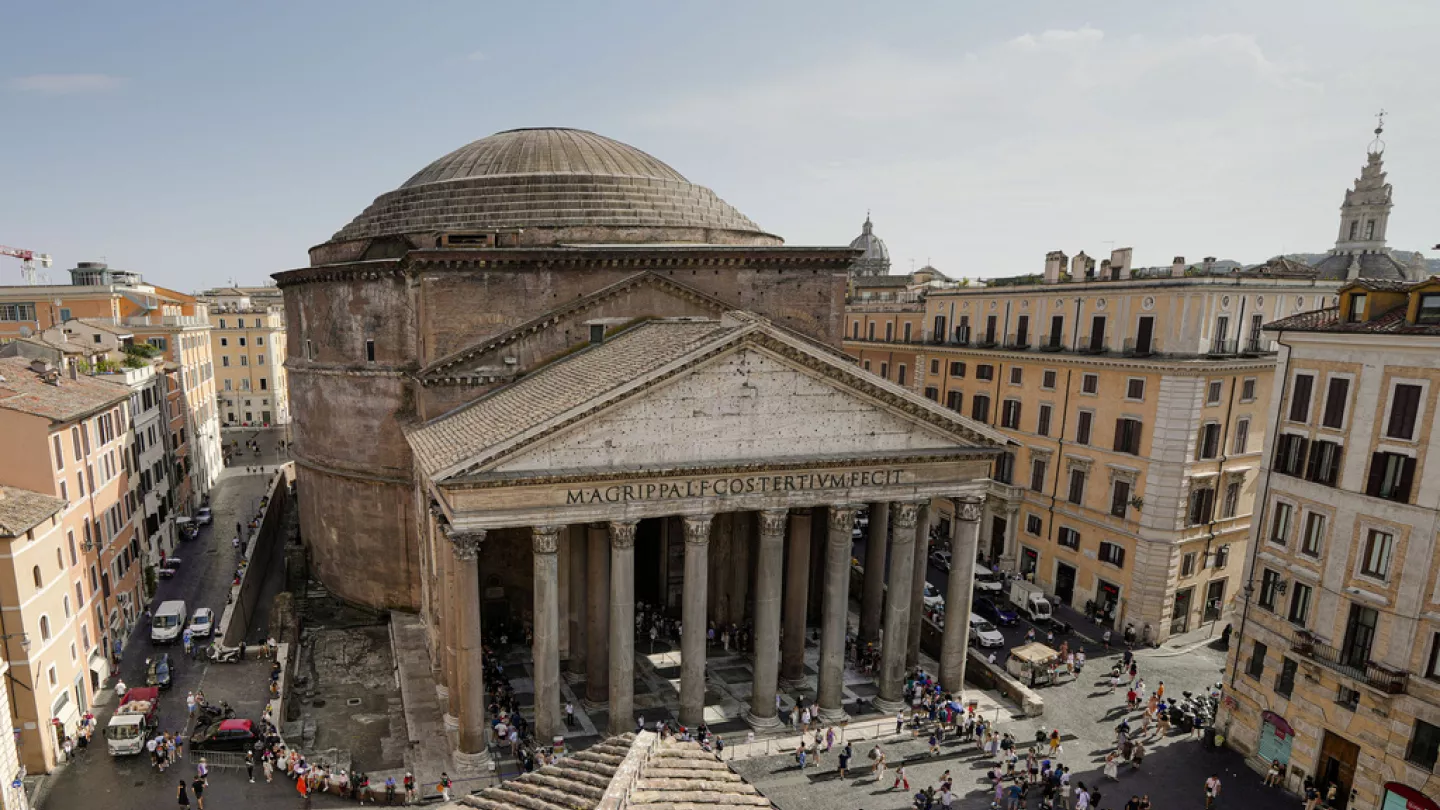
PANtheon
128 C.E, Rome, Italy. Hadrian was the emperor
Temple to all the gods, Dome represents harmony between earth and heaven.
Dome supported by a drum
Coffers: inset panels (sunk in) inside the dome.
Oculus (hole in ceiling) - central opening
The oculus served to reveal certain celebrations in the year.
Marcus Agrippa dedicated the building to the previous emperor.

Acropolis of athens - AGORA
Athens Greece, 5th century
Marketplace, at the base of the city (and mt.)
Annual ceremony a march through the agora.
Birth of democracy
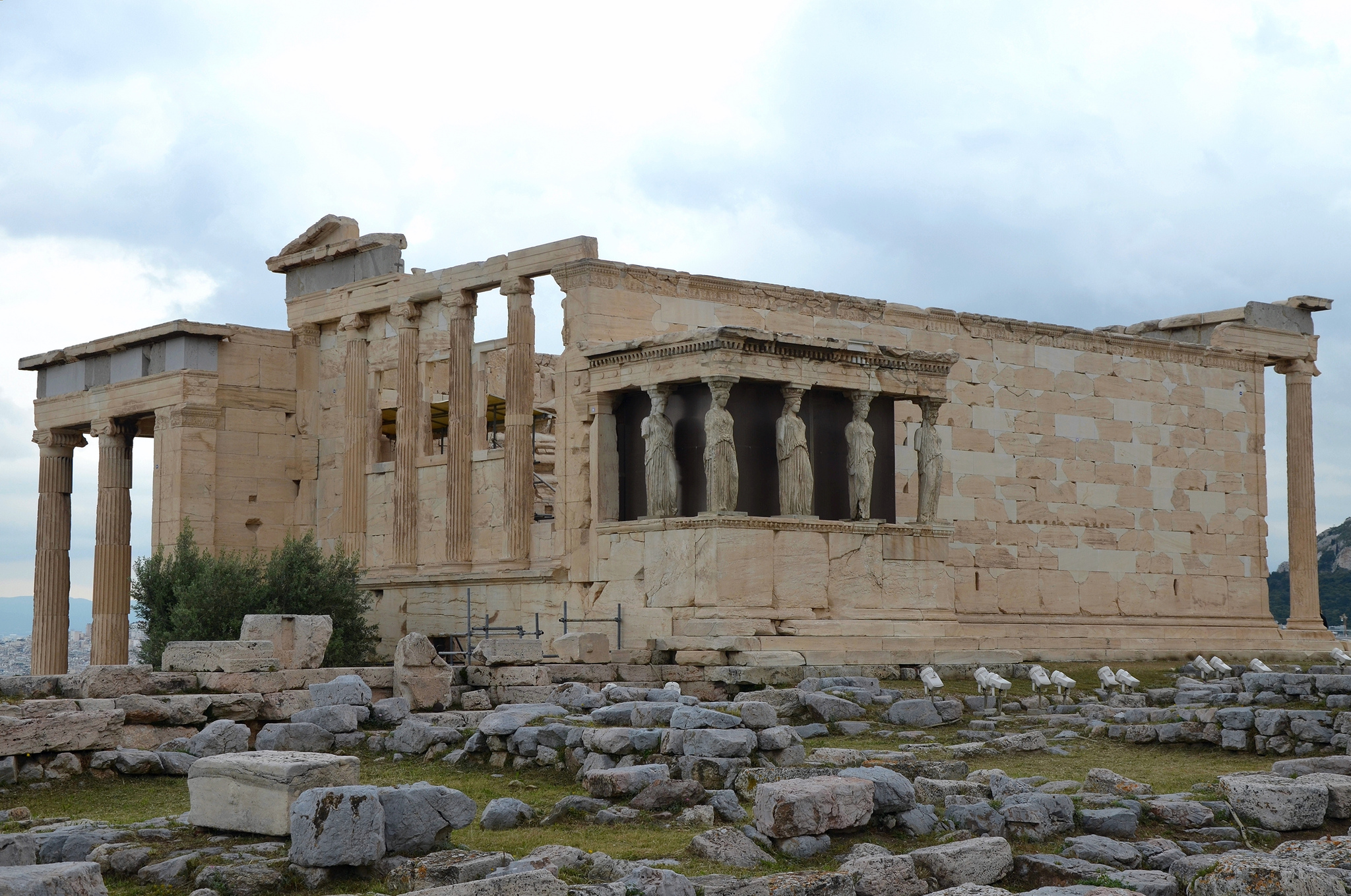
Acropolis of athens - ERECHTHEION
Athens, Greece 5th century
Temple for Athena on the mt (not the top of the mt) housed a sculpture of Athena
Saltwater spring - Poseidon. Hole in roof - Zeus put lightning through. Olive tree - Athena.
Caryatids - sculptures in place of columns. They stand contrapposto, Athena holding up the structure.
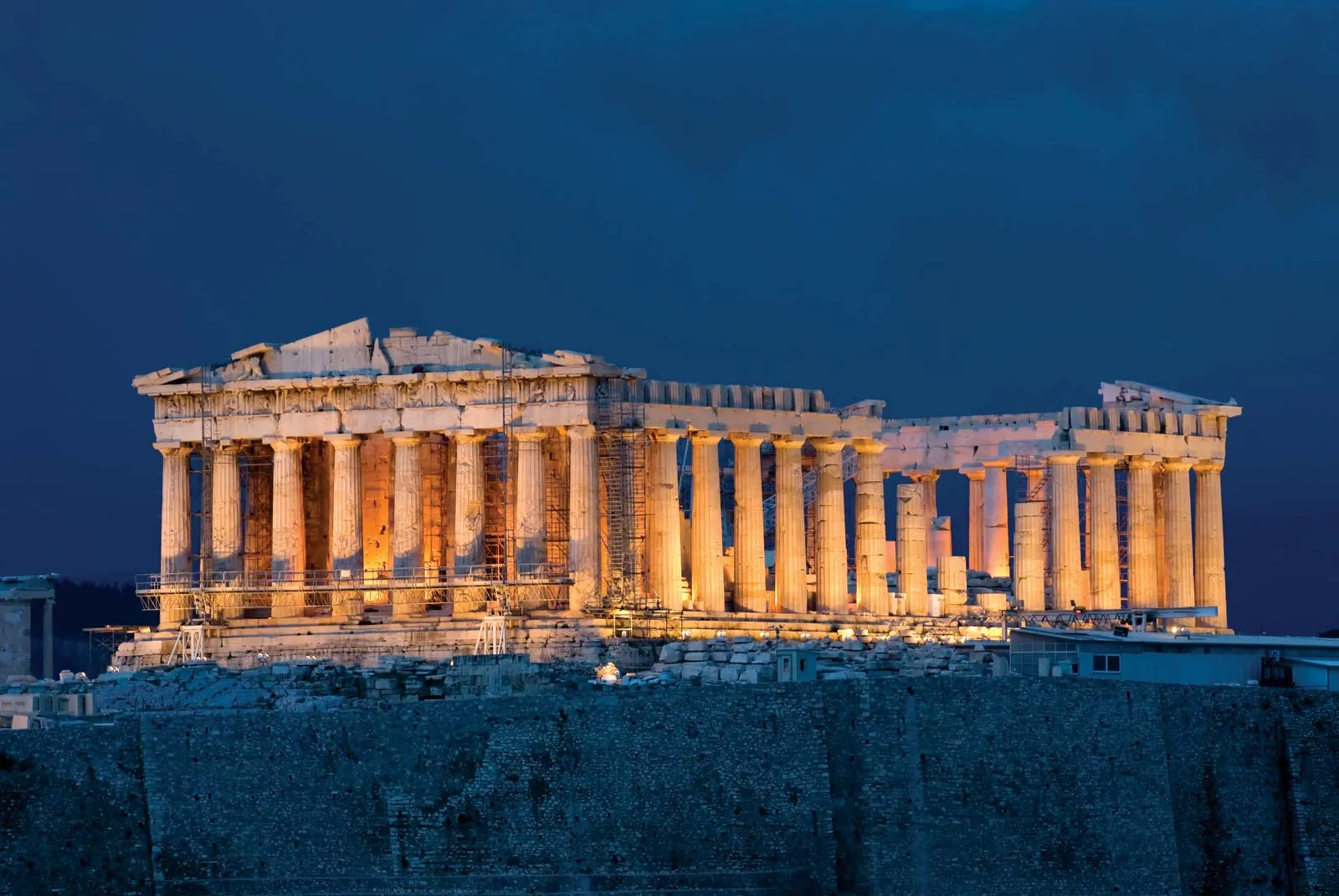
Acropolis of Athens - PARTHENON
Athens, Greece. 5th century
Located on top of the mt. The temple where a large statue of Athena would have been located.
Used mathematical formulas to create the building. Golden ratio: repeating pattern in nature (mathematical idea of perfection).
Entasis - Columns had a slight bulge, giving the illusion of perfection.
5th - 13th century the temple was a church. Then 15th century it was converted to a mosque. 1687 it exploded. 19th century the British, stole a lot of what was left
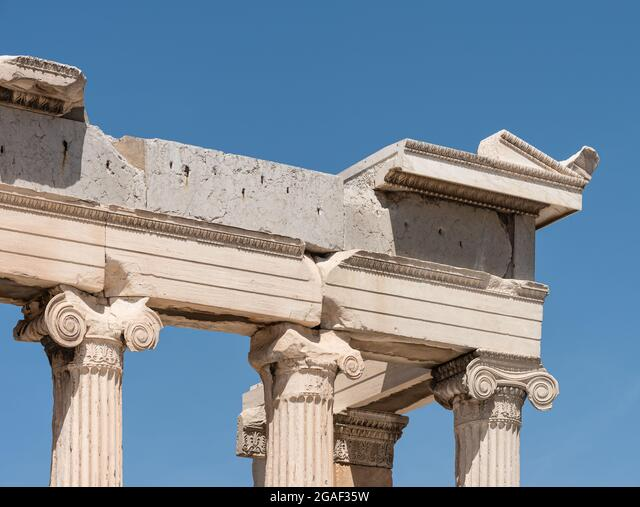
Acropolis of Athens - IONIC FREZES
Athens, Greece. 5th century.
located underneath metopes.
Hard to view; they had to include scaffolding to view.
Representing peace between gods and humans
Ergestein (Athenean women) - on a procession to the temple. Pantheonic procession
Phidias made the Frezes.
Most of the frezes were destroyed.

Acropolis of Athens - PEDIMENTS
Athens, Greece. 5th century
located above metopes.
Story read from left to right, made to fit within triangular function.
Birth of Athena from Zeus’s head on one side.
Contest between Athena and Poseidon on one side.
Full sculptures - more than a relief, Sunlight hitting pediment (deep shadows)
Heavy drapery, revealing form by clinging to form. reclining goddesses.
Telling stories of Athena and about her life.
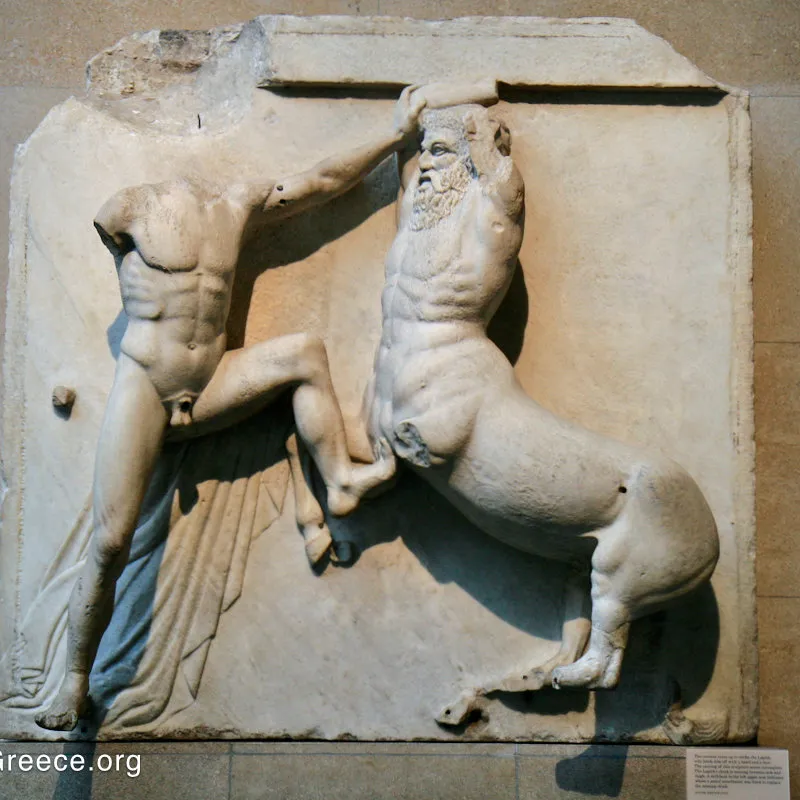
Acropolis of Athens - METOPES
Athena, Greece, 5th century.
Located below the pediment
Each side represents a mythic battle. South: Lapiths v. centaurs.
Centaurs drank too much wine and steal the Lapith women. A story of The Greek people (Lapiths) victorious over their barbarian enemy the persians (centaurs).
Shows their enemies as uncivilized
Almost break outside of the metope, very high relief.
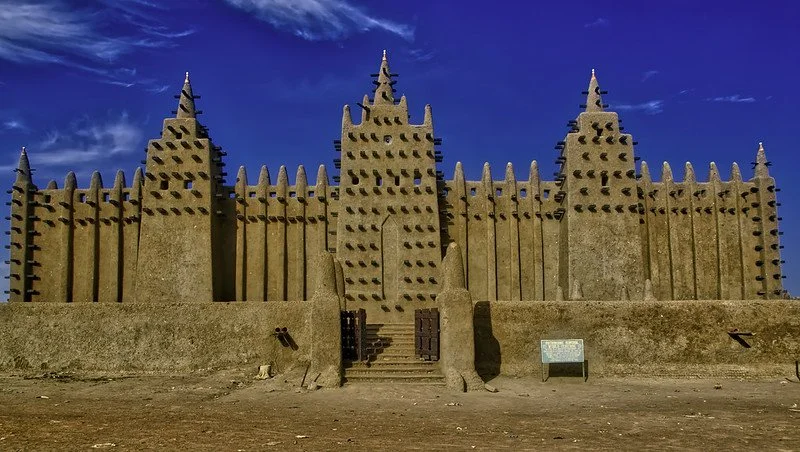
Mosque of Djenne
Mali, 1907 C.E
Commissioned by King Koi
Political symbol for residents and colonial powers
Hypostyle prayer hall
Ostritch eggs at the top represent fertility and purity.
Largest mud built structure in the world.
3 minurets and earthen roof.
Annual festival Crepissage de la grand mosque: Entire city contributes to re-plastering of the mosques exterior. Women make the plaster while men plaster the mosque.
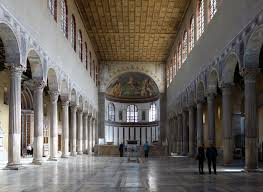
Santa sabina basillica
422 C.E. 5th century. Rome
originally used as a roman law court, then transformed into a church.
Light represents divinity and presence of God.
Clestory windows. Longitudinal floor plan, leading people to altar.
Early out in the open christian worshipping.

Chartres
France, 12th century, High gothic.
Stone vaulting, Flying buttresses (symbol of high gothic architecture).
Church burnt down in 1194 then was rebuilt and the more elaborate details were added.
notre dam - our lady (virgin mary)
Relic was extra divine since it survived the burning and was found 3 days later.
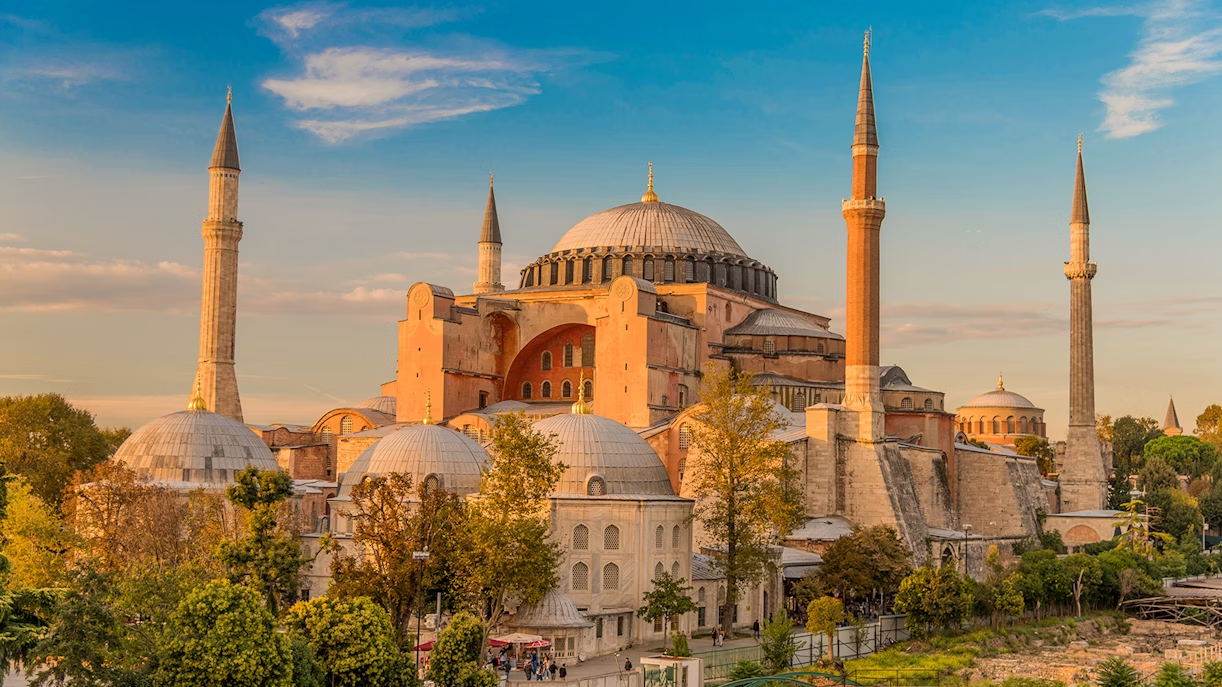
Hagia sophia
Constantinople (istanbul). 6th century, byzantine.
Unified Basillica and central floor plan.
Dome was supported by smaller domes - pandentives. Clestory windows.
built when justinian was emperor, showed his wealth and his power.
Converted into a mosque when the Ottomans were in power, added minurates.
they put plaster over christ images and adddes arabic inscriptions and Mihrab (points to mecca).
Rebuilt multiple times after earthquakes and riots.
Inspired by the Pantheon.
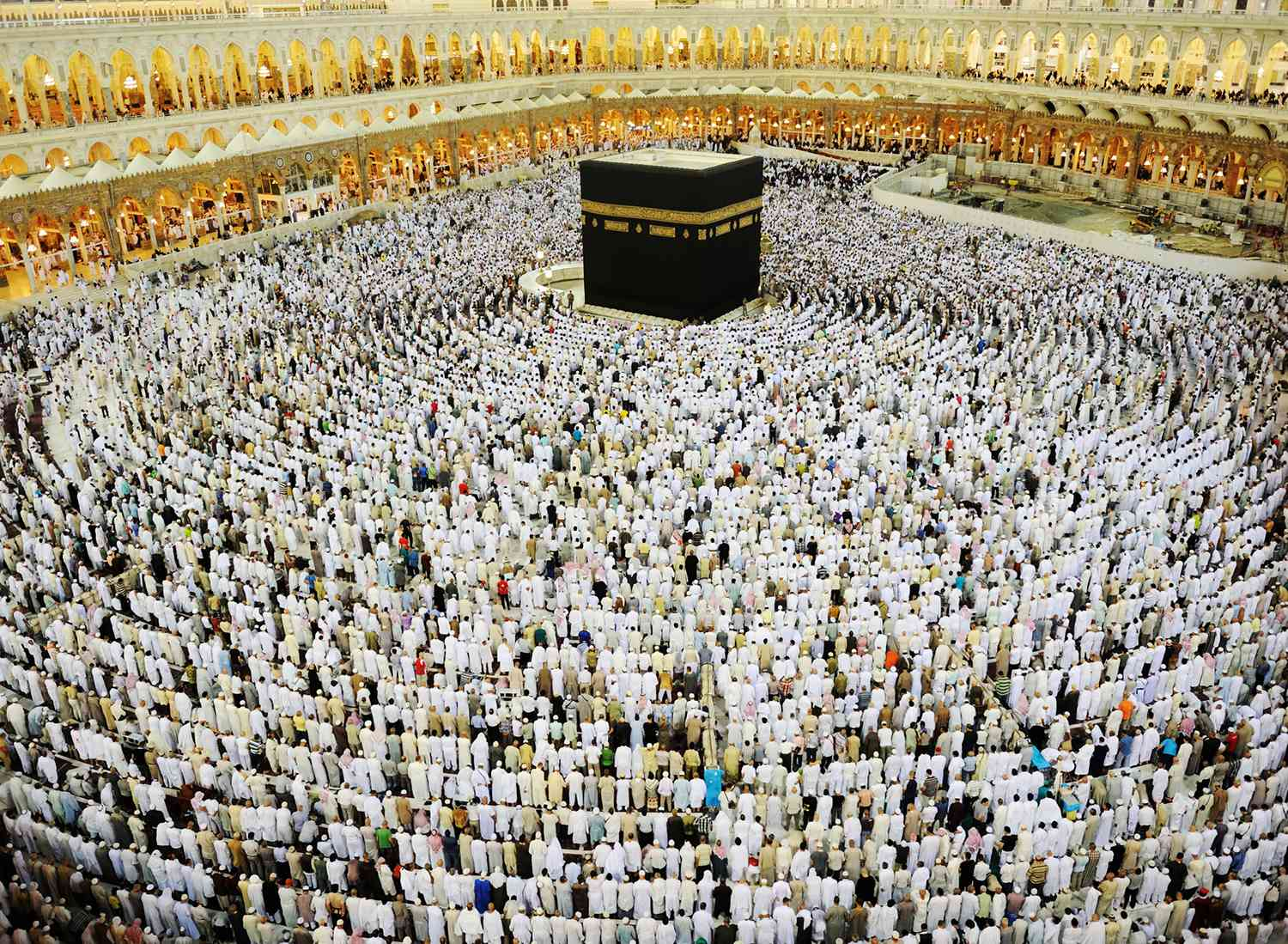
Ka’aba
7th century, Mecca Saudi Arabia.
a giant courtyard was built around the shrine.
shrine covered in black cloth (kiswa).
Muslims are asked to pray multiple a day and point to mecca. They are called to pilgrimage to mecca once in a lifetime.
Mohammed cleansed the temple of abraham and ishmael of its idols after it started gathering idols.
Stone given by angel to mohammed, worn down by people touching it.